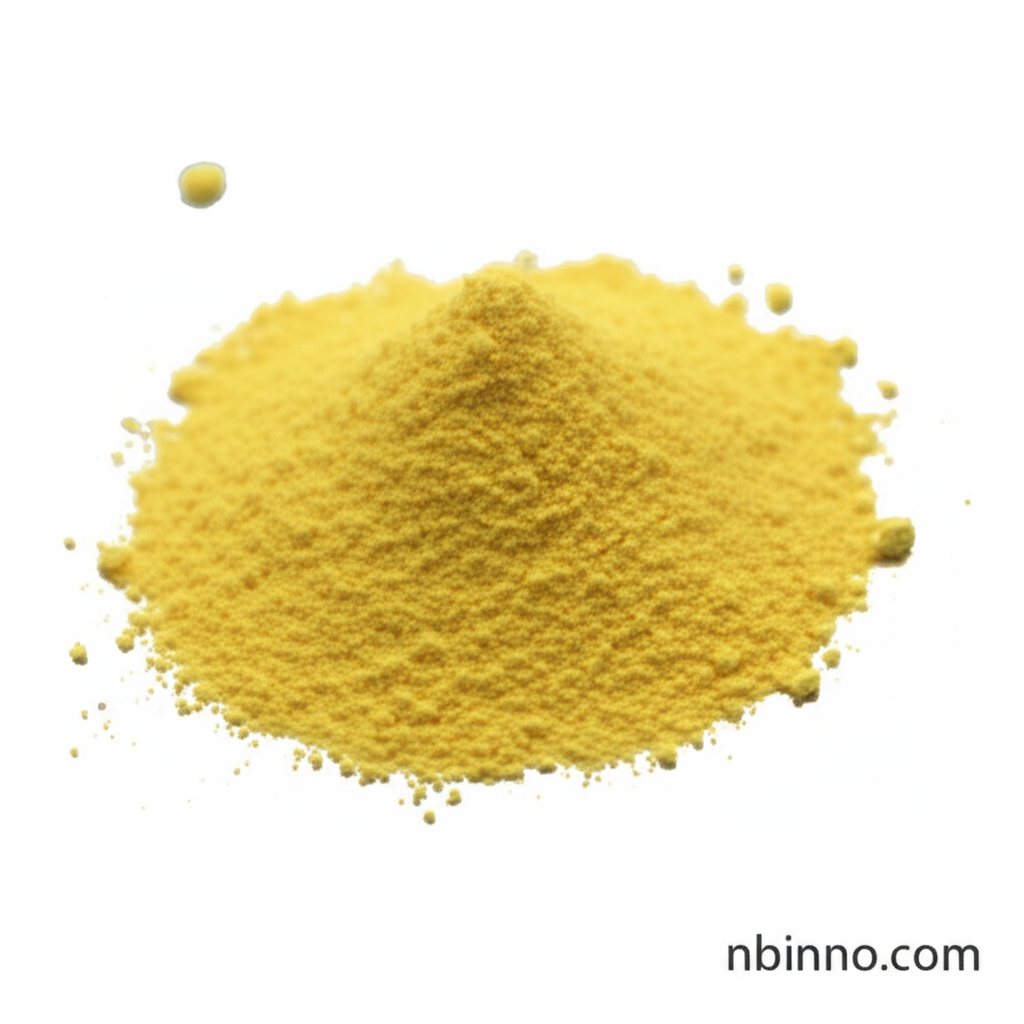2-Amino-6-methyl-3-nitropyridine: A Key Intermediate in Chemical Synthesis
Explore the properties and applications of this vital compound in organic synthesis and beyond.
Get a Quote & SampleProduct Core Value

2-Amino-6-methyl-3-nitropyridine
This compound serves as a critical intermediate in various chemical synthesis pathways. Its unique structure, featuring both amino and nitro groups on a pyridine ring, makes it highly reactive and suitable for a wide array of transformations. Professionals in medicinal chemistry and agrochemical development frequently utilize it as a starting material for creating more complex molecules, thereby accelerating innovation in drug discovery and crop protection solutions. Its role in the synthesis of complex organic molecules is indispensable for advancing scientific research.
- As a crucial organic synthesis intermediate, its role in producing complex organic molecules is paramount.
- Leveraging its properties as a pharmaceutical intermediate aids in the synthesis of new drugs and therapeutic agents.
- Its application as an agrochemical building block contributes to the development of effective crop protection solutions.
- Understanding the properties of 6-methyl-3-nitropyridin-2-amine is key for optimizing synthesis routes.
Key Advantages
Versatile Reactivity
The presence of both amino and nitro functionalities on the pyridine ring provides 2-amino-6-methyl-3-nitropyridine with versatile reactivity, enabling its use in a broad spectrum of organic reactions.
Facilitates Drug Discovery
As a vital pharmaceutical intermediate, it significantly aids in the efficient synthesis of novel drug candidates, supporting advancements in medicinal chemistry.
Enhances Crop Protection
Its utility in agrochemical synthesis allows for the creation of more potent and targeted pesticides and herbicides, thereby improving agricultural productivity.
Key Applications
Organic Synthesis
2-Amino-6-methyl-3-nitropyridine is widely employed as a versatile building block in organic synthesis to create a diverse range of target molecules.
Pharmaceutical Development
It serves as a critical intermediate in the synthesis of various pharmaceuticals, contributing to the development of new medicines.
Agrochemical Manufacturing
The compound is instrumental in the formulation of agrochemicals, including herbicides and pesticides, for agricultural applications.
Medicinal Chemistry Research
Researchers utilize its specific chemical structure in medicinal chemistry to explore novel therapeutic pathways and compounds.
